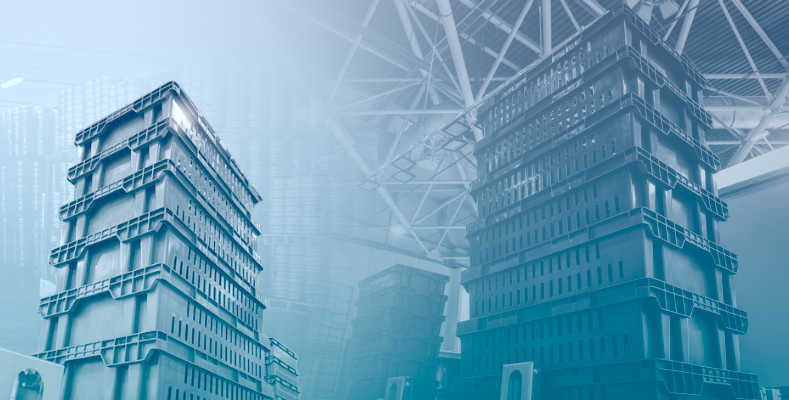Subtotal $0.00
In today’s fast-paced and increasingly eco-conscious world, supply chain management is under constant pressure to improve efficiency, reduce costs, and minimize environmental impact. An increasingly popular approach in the supply chain is the utilization of returnable assets.
Nonetheless, implementing returnable assets comes with its own set of challenges. One significant hurdle is managing the logistics of returnable assets which tend to be complex. SCMProFit helps companies to establish effective tracking systems to monitor the movement and condition of these assets throughout the supply chain. By tracking usage patterns, our platform can provide insights into the optimal number of returnable assets required at each stage of the supply chain. This prevents both shortages and overstocking.
Many companies use tracking technologies like Radio Frequency Identification (RFID) or barcode scanning or GPS systems with returnable assets, enabling them to monitor the movement and condition of items in real-time. Thus, improving visibility across the supply chain and reduce losses caused by misplacement, theft, or damage. Accurate inventory control can also lead to better forecasting and operational planning. Even automating processes like check-ins, check-outs, and inventory management helps eliminate manual errors.
To maximize efficiency, stakeholders must coordinate and agree on the types of assets to use, sharing both resources and data on their movements. Data from the assets can be collected and analyzed to predict wear and tear, ensuring timely repairs or replacements, preventing costly downtimes and extend its lifespan.
With SCMProFit, handling reverse logistics becomes more organized. Clear documentation and automated workflows streamline returns, reducing the complexities of manually managing asset retrieval and redistribution.
Returnable assets have proven to be an essential component of modern supply chains, combining economic and environmental benefits. As more companies strive to reduce their carbon footprint and improve operational efficiency, the adoption of reusable systems is expected to grow. While there are challenges in managing returnable assets, advancements in technology and improved collaboration between supply chain partners are making it easier to overcome these obstacles.



